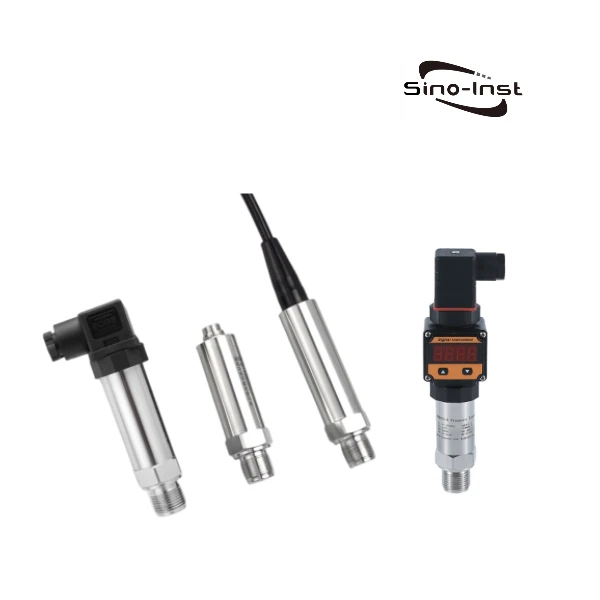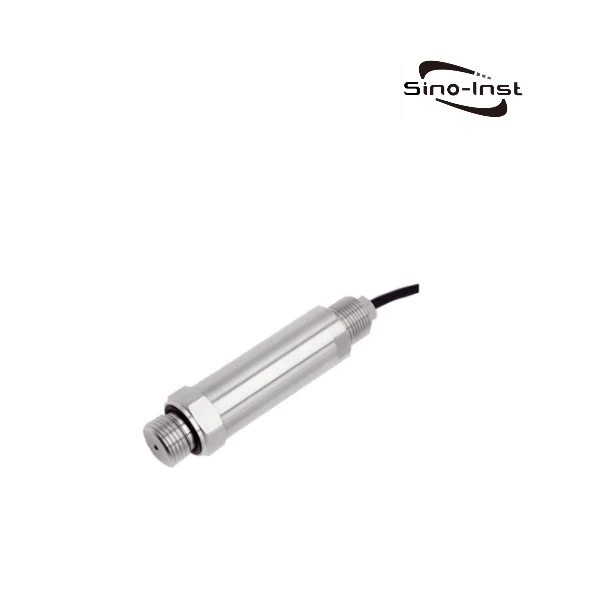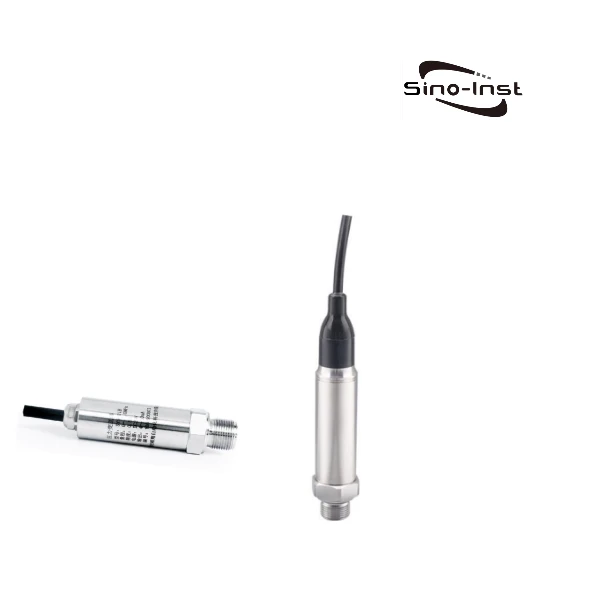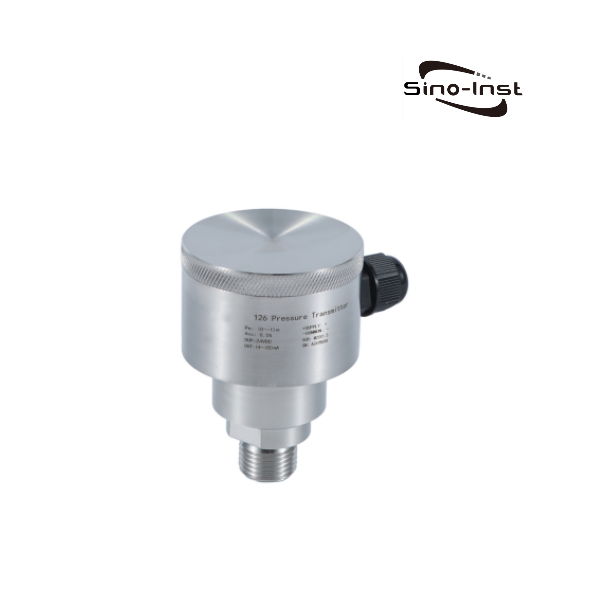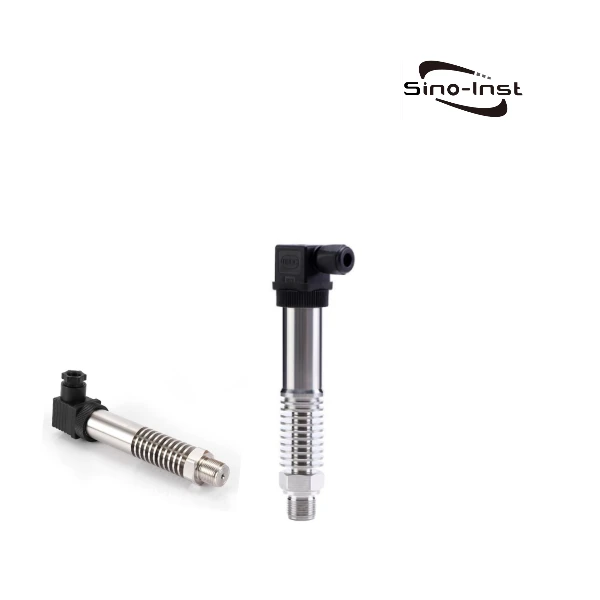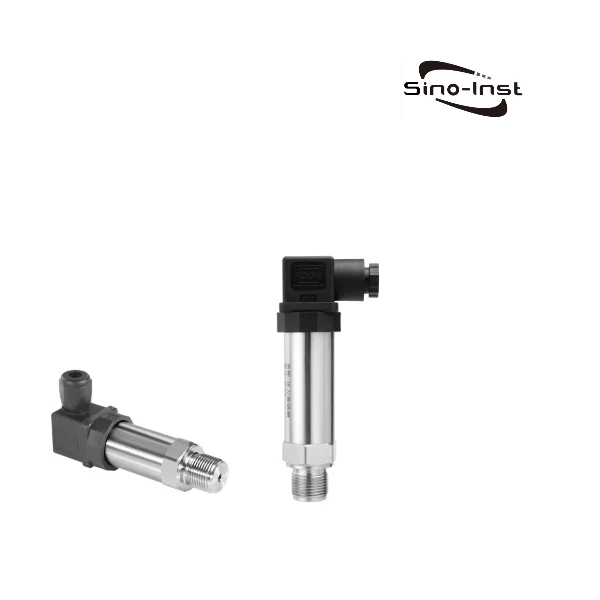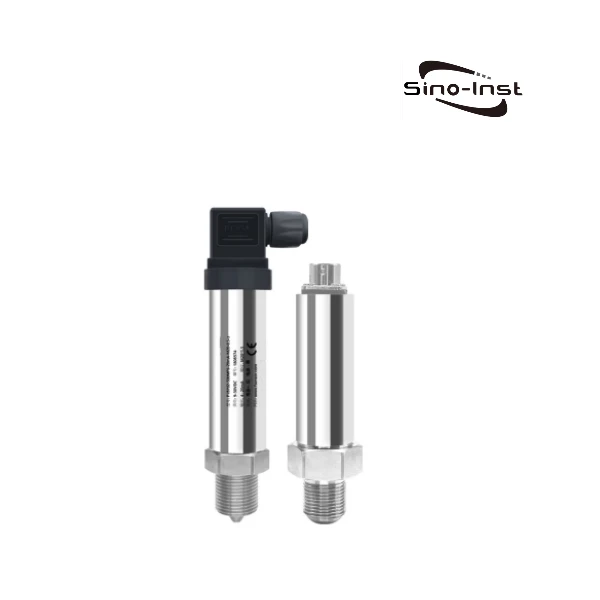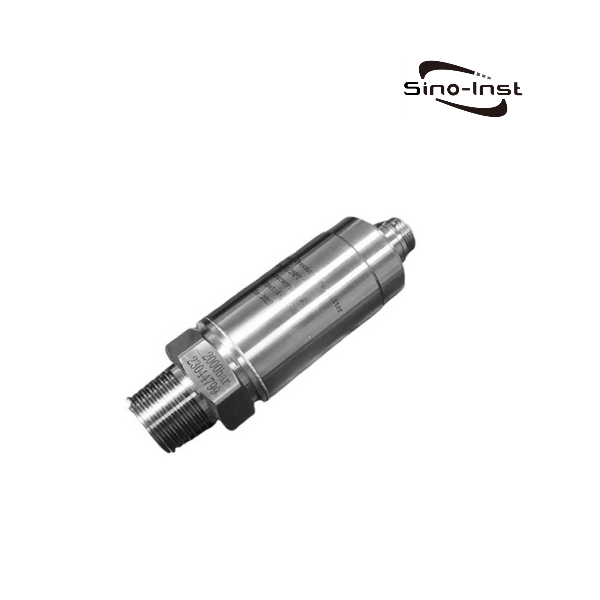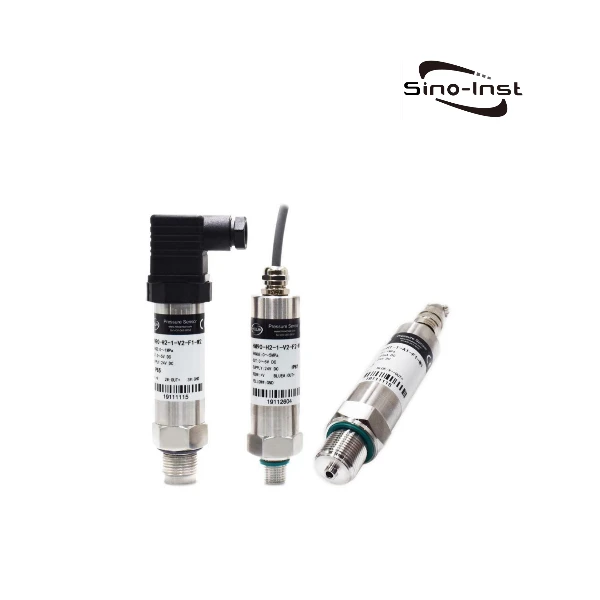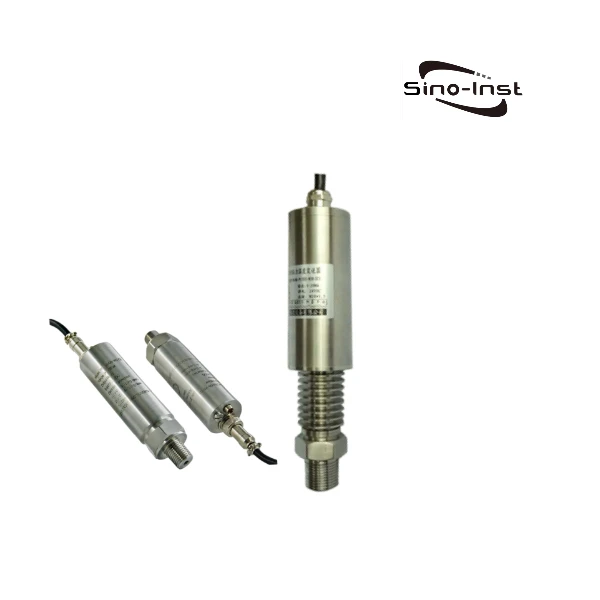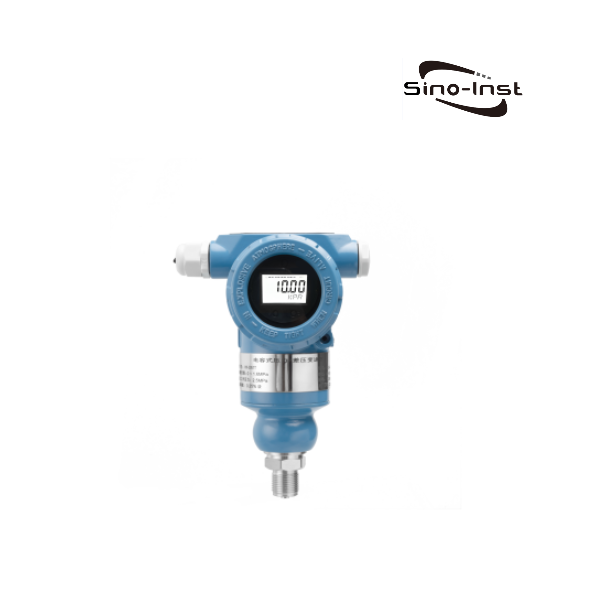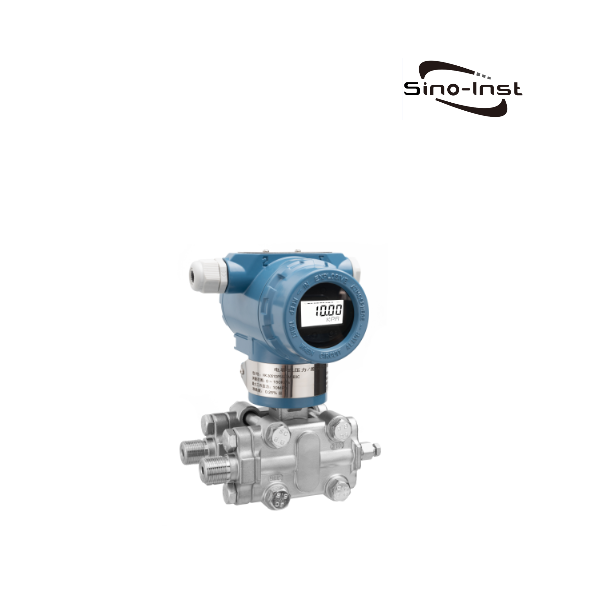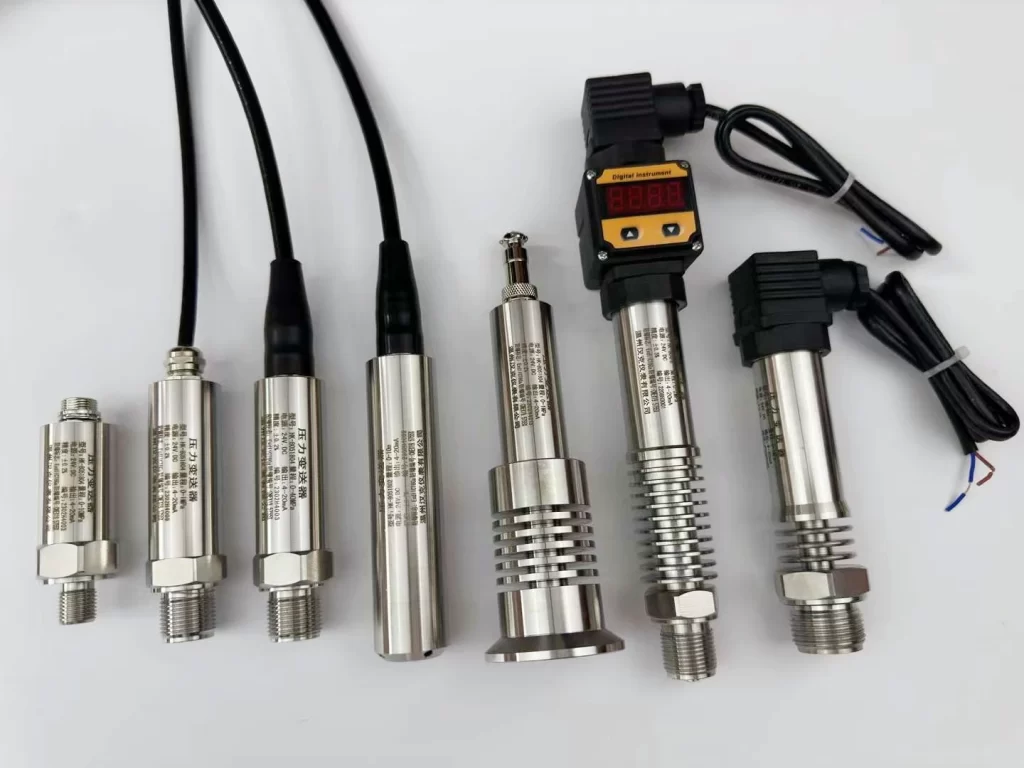
Analog pressure transducers convert measured pressure into a continuous analog signal output. It provides an output signal proportional to the pressure being measured. Common analog output methods are: 4-20mA, 0-5/10V DC, 0.5-4.5V DC, 0.5V~2.5V DC.
Sino-Inst manufactures and supplies a wide range of analog pressure transducers, from compact, cost-effective OEM transducers to high temperature, high pressure, high precision transducers. Analog pressure transducers are widely used in a variety of industrial, commercial and laboratory applications and are important tools for measuring and monitoring pressure.
Featured Analog Pressure Transducers
Analog output signal of pressure transmitter: 4~20 mA
In industrial automation, especially in pressure transmitters, current signals of 4~20 mA are the most commonly used signals for analog value transmission. This signal is widely used because of its ease of processing and, in particular, its immunity to interference.
Current signals have higher EMC immunity than voltage signals. Because electromagnetic interference is injected into the signal line as a voltage signal and causes very small changes in current at the receiver input resistance.
4 ~ 20 mA signals are very widely used in the transmission of pressure values. For example, in the production process, the pressure range of the pressure transmitter from 0 to 10 bar is converted into a current signal of 4 to 20 mA through the electronic equipment in the instrument.
As a two-wire signal, the 4…20 mA signal is preferred over the three-wire version because it saves wires and errors are easier to detect.
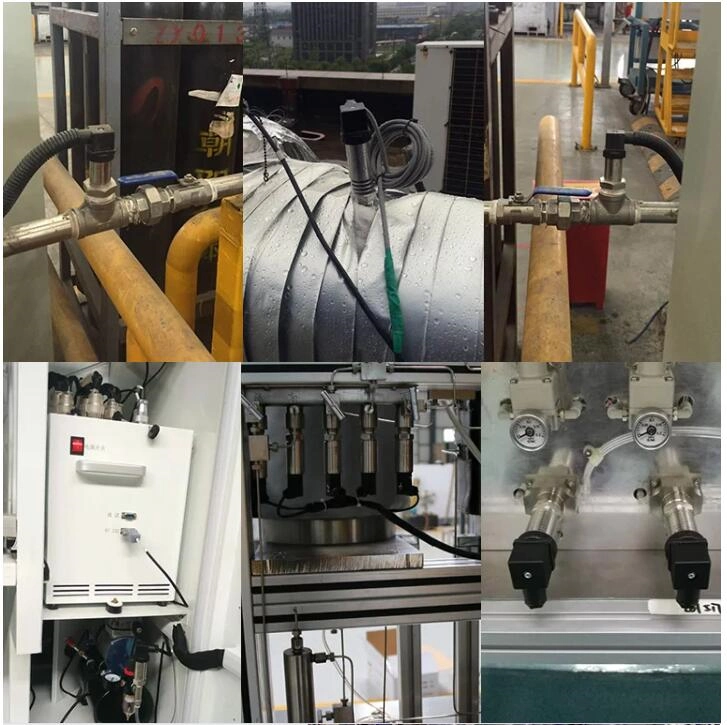
Analog output signal of pressure transmitter: DC voltage 0~10 V, DC voltage 1~5 V, DC voltage 1~10 V
In addition to the current signals above, voltage signals 0~10 V, 1~5 V and 1~10 V are also used to transmit measured values in industrial automation.
Like current signals, voltage signals have the advantage of being easy to use and allowing problems to be identified with a simple multimeter. For voltage signals, electromagnetic interference can easily lead to erroneous readings of measured values or control signals. This is why shielded wire must be used for such signals.
Voltage signals of 0~10 V, 1~5 V and 1~10 V are often used for motor set point signals. Although temperature and pressure transmitters can also be used with these electrical outputs.
Similar to the current signal, the actual pressure on the transmitter is converted into a voltage value and transmitted over three wires.
The 1~5 V and 1~10 V signals have the advantage that by setting an effective zero value of 1V, short circuits in the line can also be detected.
More Pressure Measurement Solutions
- Submersible Pressure Transducers for Liquid Pressure and Level Measurement
- Explosion Proof Pressure Transducers- Intrinsically Safe – ExdIICT6-ExiaIICT6 Ga
- Industrial Hydrogen Pressure Transmitters/Transducers
- Pressure Transducer Output Signal Guide
- Industrial Smart Pressure Transmitters 4-20mA, HART, RS485 Modbus
- More Powerful Pressure Transmitter with Diaphragm Seal and Capillary
- Vacuum Pressure Sensors | Vacuum-Negative Pressure Measurement
- Industrial Pressure Sensors for High Pressure Measurement
- Capacitive Pressure Transmitter | Manufacturer’s Guide & Product List
- Industrial Water Pressure Measurement and Monitoring
Analog Pressure Transducers are widely used in a variety of industrial, commercial, and laboratory applications and are an essential tool for measuring and monitoring pressure.
Sino-Inst manufactures and supplies a wide range of pressure transmitters with analog signal output. Optional 4-20mA, 0-5/10V DC, 0.5-4.5V DC, 0.5V~2.5V DC and other analog signals. And supports the customization of pressure, temperature and other parameters. If you need to purchase Industrial Analog Pressure Transducers, or have related technical questions, please feel free to contact us.
-1.jpg)
